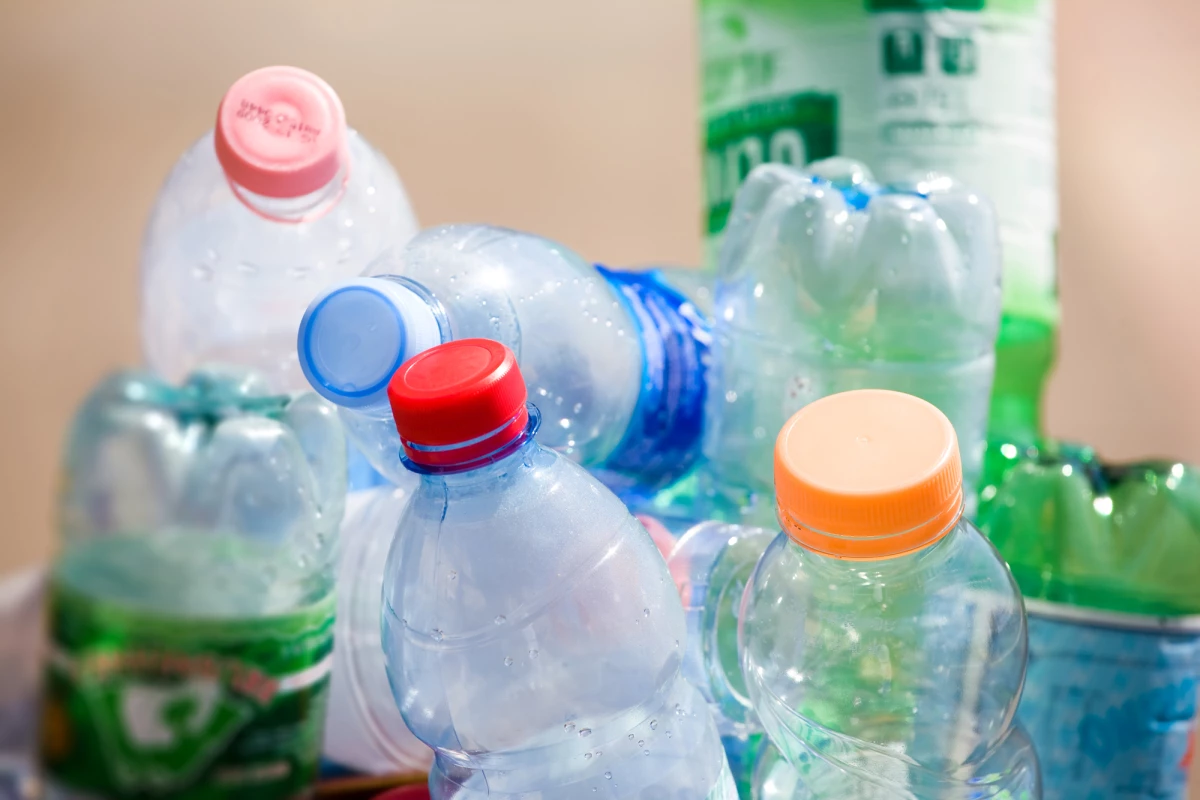–
Efforts to improve on today’s battery technology has scientists turning to all sorts of materials, and in some cases these might come from the eco-friendly end of the spectrum. A new technology out of Purdue University is a shining example of this, with scientists using a common form of plastic waste to craft a key battery component through the use of standard household microwave technology.
The starting point for the chemical engineers behind this breakthrough was a recyclable plastic called polyethylene terephthalate (PET), best known for its role in single-use soda and water bottles. Given its abundance, researchers are working to improve on the recycling methods of this key polymer, and even turn it into entirely new and different materials including chemical filters, carbon fibers and concrete-like substances for construction.
So far as the Purdue University researchers were concerned, the material they had in mind is known as disodium terephthalate. Scientists have been investigating this small organic molecule for years as a potential anode material in lithium-ion and sodium-ion batteries, due to its impressive electrochemical performance and environmental benefits over today’s anodes, which are typically made from a mix of graphite and copper.
The newly developed approach to synthesizing disodium terephthalate begins with PET that has been reduced to flakes. These flakes were then treated with an ultrafast microwave irradiation process that takes just two minutes and converts them into disodium terephthalate “flowers,” which the scientists confirmed the purity of through a range of X-ray diffraction and spectroscopy imaging techniques.
“The applicability of the microwave technique on organic reactions has gained attention in recent times due to its advantage of the rapid reaction process,” said Vilas Pol, a Purdue associate professor of chemical engineering. “We have accomplished the complete conversion of PET to disodium terephthalate within 120 seconds, in a typical household microwave setup.”
The team demonstrated the new anode as functional part of both lithium-ion battery cells and sodium-ion cells, but it is the larger, grid-scale potential of the latter that has some in the field particularly excited. This is because of the abundance of salt, and the low-costs that sodium-based batteries could therefore offer, with researchers working to drive those costs down further all the time with an eye on large storage solutions for renewable energy.
“We use an ultrafast microwave irradiation process to turn PET, or polyethylene terephthalate, flakes into disodium terephthalate, and use that as battery anode material,” said Pol. “We are helping to address the growth in the proliferation of renewable energy conversion and storage, which stems from the societal attention and increasing awareness of climate change and energy resource limitation.”
The research was published in the journal ACS Sustainable Chemistry & Engineering.
Source: Purdue University
–
(For the source of this, and many other equally interesting and intriguing articles, please visit: https://newatlas.com/energy/pet-plastic-recycle-battery-anode-microwaves/)










